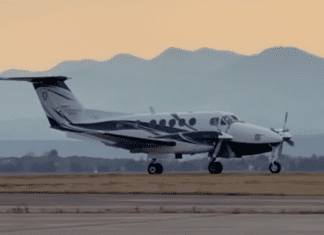This post is also available in:
 עברית (Hebrew)
עברית (Hebrew)
Designing and deploying aircrafts is a long and arduous process, but it might be sped up by deep learning models helping developers identify the most promising solutions or potential flaws with a specific aircraft.
But these models need to be trained, and in order to do so researchers would need comprehensive datasets containing a wide range of aerial vehicle designs. Such datasets, however, can be difficult to compile since many designs are protected by proprietary contracts or difficult to source.
According to Interesting Engineering, researchers at SRI International, the Southwest Research Institute and Vanderbilt University have recently created a large-scale dataset called AircraftVerse which contains thousands of aircraft designs and was presented in a paper on arXiv. This new dataset could be used to train machine learning to assist aerial vehicle designers.
“Aircraft design encompasses different physics domains and, hence, multiple modalities of representation,” state the authors of the paper. “The evaluation of these cyber-physical system (CPS) designs requires the use of scientific analytical and simulation models ranging from computer-aided design tools for structural and manufacturing analysis, computational fluid dynamics tools for drag and lift computation, battery models for energy estimation, and simulation models for flight control and dynamics,” they explained.
Most existing datasets to train machine learning for computer-assisted design (CAD) mainly contain data that is related to individual mechanical parts. This new dataset on the other hand contains fully-fledged aircraft designs that combine multiple components, such as propellers, wings, motors, batteries, and more.
According to the paper, “AircraftVerse contains 27,714 diverse air vehicle designs—the largest corpus of engineering designs with this level of complexity.”
The designs included in the AircraftVerse dataset were created using a deep learning-based approach, based on general rules provided by expert aircraft designers. The researchers ran the final versions of these designs through engineering models that produced metadata summarizing each of their unique characteristics and performance.
The new dataset created is now publicly available online, along with its baseline models and underlying code, which means that it could soon be used by designers and developers worldwide, assisting them with the design and performance evaluation of new aerial vehicles.


























